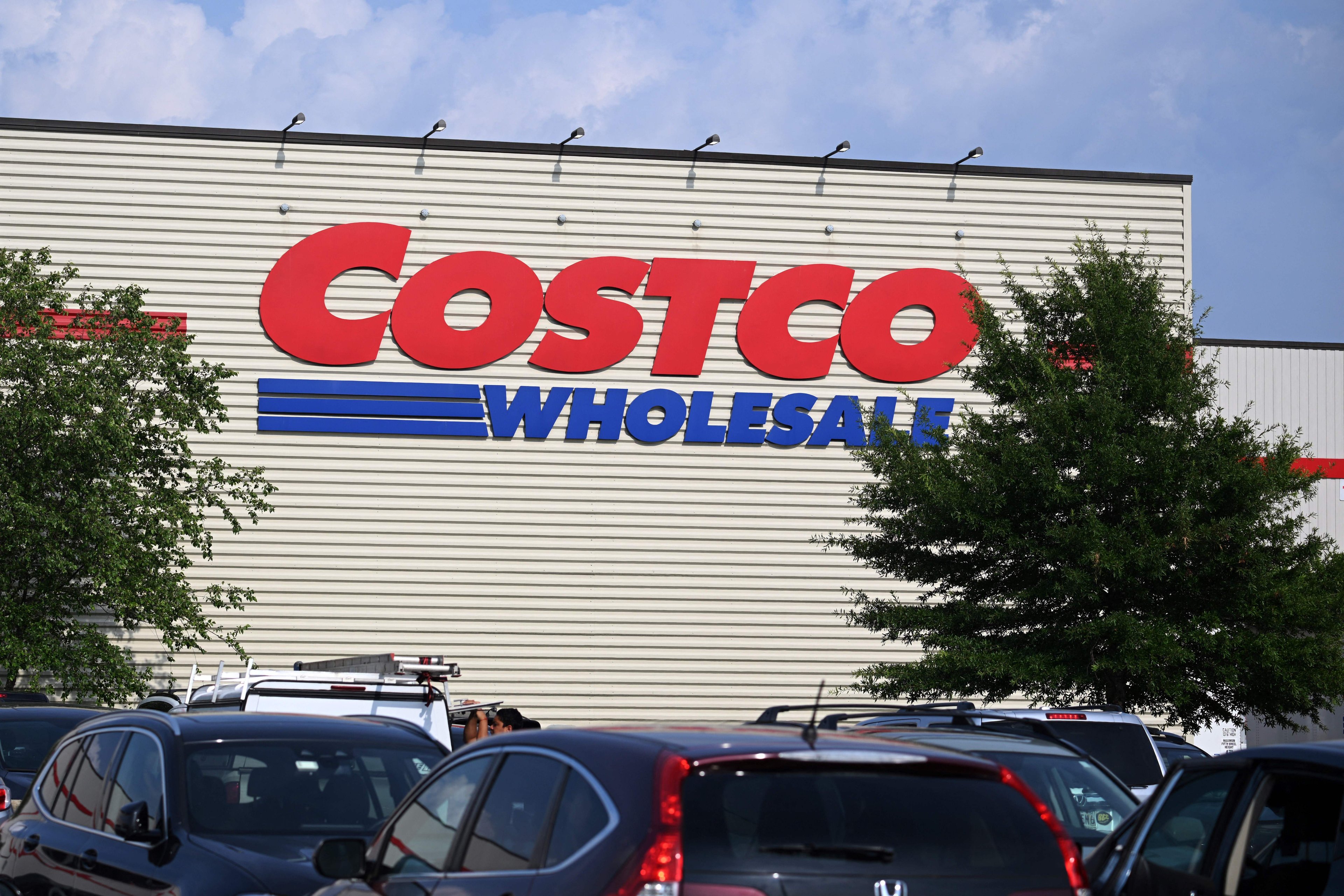Warehouse retailer Costco Wholesale (COST +0.78%) has some of the lowest margins in the business, because the membership fees it charges shoppers allow the company to earn a tidy profit while still passing on incredible savings to its members.
Costco's low prices haven't just benefited customers: Shares have walloped the market, returning 11,000% over the past two decades. However, with prices near their all-time high, is the ride over for Costco investors? To answer that, we've compiled a premium research report with in-depth analysis on whether Costco is a buy right now, and why. Today, you can get a sneak peek into this report, and see just how Costco is able to deliver the best value to its members:
Costco aggressively lowers prices, and in 2012 its 11% markup of merchandise just covered selling, general, and administrative expenses: enough to keep the lights on and the employees paid. Costco is basically selling merchandise to its members "at cost." Annual memberships can be thought of as a service fee for negotiating with suppliers and handling logistics on the members' behalf, aggregating their buying power and representing their interests.
Under this model, Costco has had a lot of success delivering high-quality goods for low prices that wouldn't be sustainable elsewhere. An enthusiastic Costco store manager, eager to explain the company's core philosophy toward driving value for customers, asked me over lunch if I'd ever heard "The Salmon Story." I can't do the tale quite the same dramatic justice, but I'll offer an abbreviated version.
In 1996, Costco was selling about $150,000 to $200,000 of whole cuts of salmon for $5.99 per pound. Costco's buyers, notorious for their tough negotiating stances, wanted a more consumer-friendly product, and wanted to sell it for less. Suppliers balked, explaining that to refine the salmon further, they would need to charge more, not less. Costco insisted that what they lost on margin, the supplier would make up on volume.
The suppliers worked with Costco, removing the belly fat, back fins, collarbones, pinbones, and skin from the product in stages over five years. By 2001, Costco was pricing the salmon at only $3.99 per pound, but it was selling over $2 million of salmon per week, a tenfold increase. The supplier had more business than it could handle, customers had a better product for less money, and Costco had satisfied shoppers happy to renew their membership. Today, the company promotes this philosophy with the Salmon Awards, given to both employees and external suppliers to recognize devotion to customer satisfaction.
"Any customer can have a car painted any color that he wants, so long as it is black." -- Henry Ford
Costco's ability to drive down prices is due to its focus on a relatively small number of products. As the salmon story illustrates, high volume can make up for low margins, so everything Costco does, it does in bulk. That's not exactly a revelation, and if that were the whole story, Costco's purchasing power would pale in comparison to Wal-Mart's. Costco's insight was to focus its buying power on just a few items within a category. You can find everything from canoes to mayonnaise in a Costco, but you will find just one kind of canoe, and just one kind of mayonnaise.
As a rough illustration, in 2012 Costco bought $86.8 billion of merchandise, while Wal-Mart bought over $335 billion. While Costco's purchasing power was focused on an average of just under 4,000 SKUs (or stock-keeping units, a measure of how many unique items a store sells), an average Wal-Mart Supercenter carried over 140,000 SKUs. That means for any given product, on average, Costco's purchasing power is nearly 10 times greater, spending $21.7 million per SKU to Wal-Mart's $2.4 million.
That gives Costco incredible leverage: Not only is Costco often by far the largest buyer for the items it chooses to carry, but it also gives the store the flexibility to simply dump a supplier who can't keep up with Costco's price-slashing philosophy.






